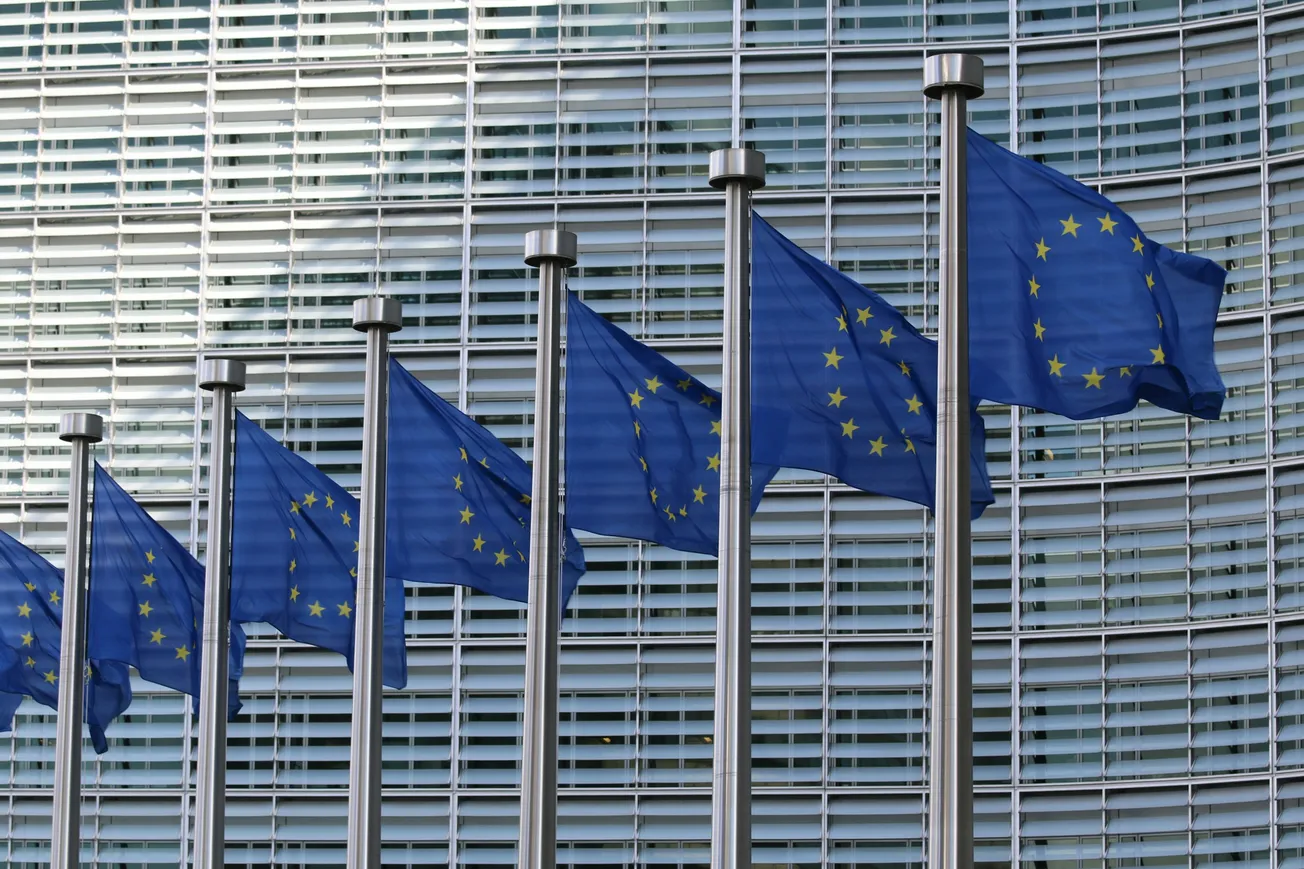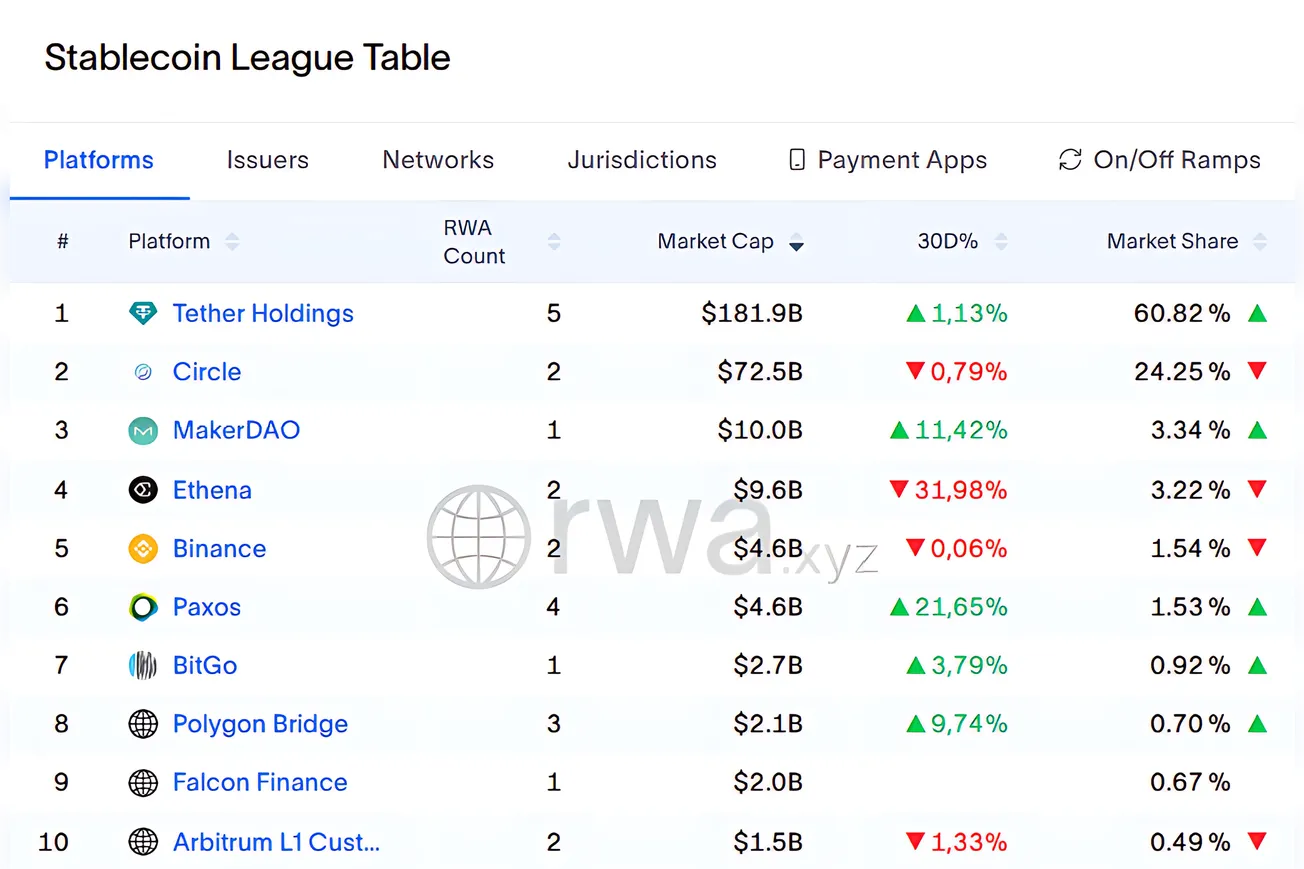Table of Contents
Taiwan’s Financial Supervisory Commission (FSC) said its Real-World Asset (RWA) Tokenization Task Force has finished technical feasibility work and will now focus on regulatory adaptation. The final validation reports were completed on September 25, 2025. The next stage will study how to fit tokenized bonds and funds into existing rules, set up a trading platform, and link Taiwan’s efforts with global markets.
The Commission’s release also describes three proof-of-concept tracks for domestic bonds, foreign bonds, and funds, each using deposit tokens for delivery-versus-payment and near-24-hour operations. The FSC’s English statement outline results of simulated issuance, trading, and automated coupon and redemption flows (FSC Taiwan).
This milestone follows the task force’s creation in June 2024, when the FSC and TDCC brought banks, brokerages, and asset managers together to plan pilots for tokenized assets. The regulator’s earlier note announce task force and listed members such as Taishin Bank, Taipei Fubon Bank, and Cathay affiliates, with regular meetings to define POC scope.
TDCC, which supports market infrastructure, has repeatedly said it will back the FSC’s tokenization agenda with shared rails and research. Its publication pages summarize involvement in studying blockchain features and feasibility for securities and fund tokens. This aligns with the new phase, where regulatory adaptation and platform governance become the main focus.
“The final report is not the end but an important starting point, marking the move from ‘feasible’ to ‘actionable,’” the Commission wrote, adding that work now turns to rules, platform design, and international connections — Financial Supervisory Commission, Department of Development and Innovation.
If timelines hold, the shift from validation to regulation could set the base for compliant issuance and secondary trading in Taiwan. The FSC says it will involve scholars and market experts while coordinating with the central bank on financial-flow arrangements, aiming for models that match international practice and support broader capital-market innovation.









